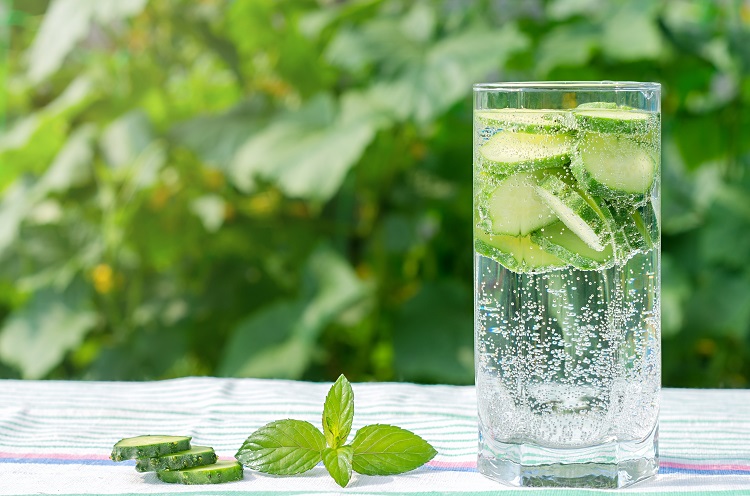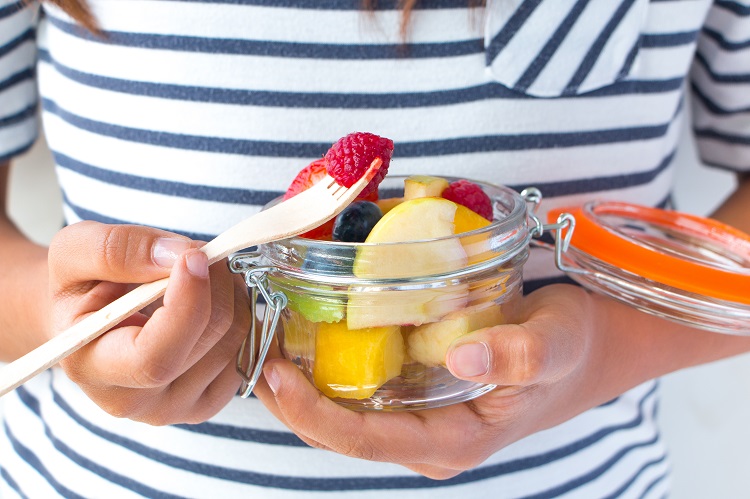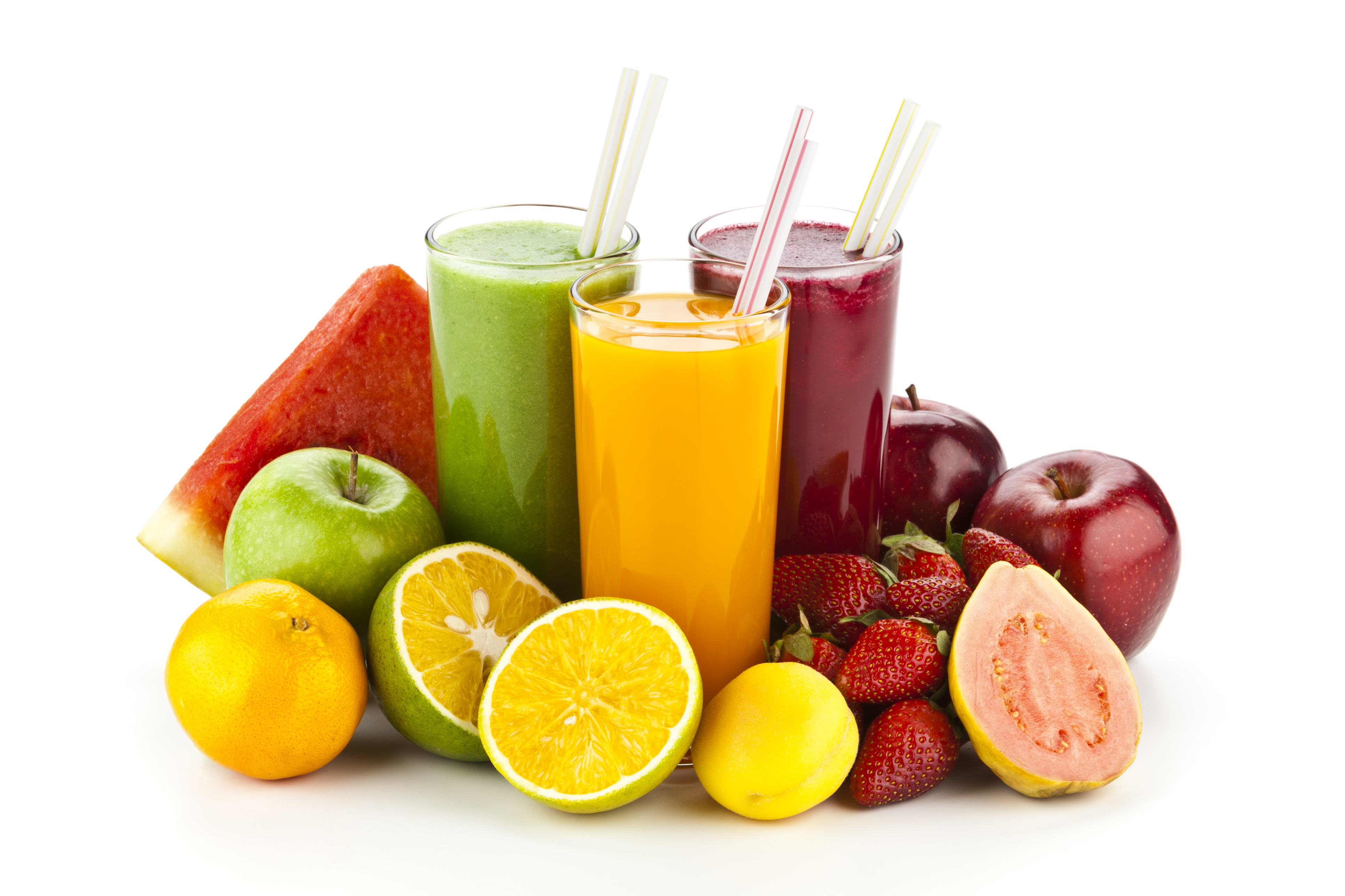March is National Nutrition Month! This may be a good time for you to remind your family that starting their day with a nutritious breakfast can be important. In the hustle and bustle of modern life, adults often skip breakfast to gain extra time, use the time differently, or even consume fewer calories. Similarly, children may rush out the door with empty stomachs or may have only consumed empty-calorie snacks. In addition, neglecting a balanced breakfast can potentially lead to a myriad of negative consequences. So, you may want to ask yourself, “Is the extra time and calories I save in the morning worth the sacrifice of this important meal?” Let’s review how eating breakfast can help support your family members in their daily activities.
For adults
Metabolism: Eating a nutritious breakfast can help jumpstart your metabolism and enable your body to burn calories more efficiently throughout the day. This can contribute to weight management and better overall energy levels (Heo et al., 2021).
Cognitive function: A healthy breakfast provides your brain with essential nutrients, such as glucose, which can help your brain function at an optimal level. Studies have shown that breakfast consumption is linked to improved concentration, focus, and memory (Barr et al., 2013).
Blood sugar levels: Starting your day with a balanced breakfast can help stabilize blood sugar levels and prevent energy crashes and mood swings later in the day. This stability can be key for your productivity and emotional well-being throughout the day (Young et al., 2014).
Healthy eating habits: Eating a nutritious breakfast can set a positive tone for the rest of the day and help establish a foundation for nutritious dietary patterns (Uzhova et al., 2018).
For children
Growth and development: Children’s bodies are constantly growing and developing and require a steady supply of nutrients. A nourishing breakfast provides essential vitamins, minerals, and proteins necessary for healthy growth, strong bones, and cognitive development (Gibney et al., 2018).
Academic performance: Research indicates that children who eat breakfast tend to perform better academically and experience improved concentration, memory, and problem-solving skills (Wesnes et al., 2003). Starting the day with a nutritious meal can help facilitate effective learning and engagement in the classroom.
Energy levels: Breakfast can replenish energy levels that have been depleted overnight and can provide children with the fuel they need to stay active and focused throughout the school day. Skipping breakfast can lead to fatigue, irritability, and difficulty concentrating, which can hinder academic and social interactions (Adolphus et al., 2013).
Healthy habits: Teaching children the importance of eating breakfast can support lifelong healthy habits. When a family prioritizes breakfast, children can learn the value of nutrition and understand the role it plays in their overall health and well-being (Silvia et al., 2023).
Breakfast can benefit adults and children. When you make time for a balanced breakfast each morning, you can help set your family up for success and vitality throughout the day. For more information on how to incorporate a healthy breakfast into your routine, please look at the Additional Resources section below.
Additional Resources
The Dietary Guidelines for Americans provide advice on what to eat and drink to meet nutritional needs, promote health, and prevent disease.
MyPlate.gov offers tips and resources that support healthy dietary patterns.
The Academy of Nutrition and Dietetics shares some breakfast advice paired with nutritious recipes.
Better Health Channel outlines the benefits of breakfast and offers suggestions for people who are short on time and/or struggle to eat early in the morning.
References
Adolphus, K., Lawton, C. L., & Dye, L. (2013, August 8). The effects of breakfast on behavior and academic performance in children and adolescents. Frontiers in Human Neuroscience, 7, 425. https://doi.org/10.3389/fnhum.2013.00425
Barr, S., DiFrancesco, L., & Victor, F. L. (2013, January). Consumption of breakfast and the type of breakfast consumed are positively associated with nutrient intakes and adequacy of Canadian adults. The Journal of Nutrition, 143(1), 86-92. https://doi.org/10.3945/jn.112.167098
Gibney, M. J., Barr, S. I., Bellisle, F., Drewnowski, A., Fagt, S., Livingstone, B., Masset, G., Varela Moreiras, G., Moreno, L. A., Smith, J., Vieux, F., Thielecke, F., & Hopkins, S. (2018, May 1). Breakfast in human nutrition: The international breakfast research initiative. Nutrients, 10(5), 559. https://doi.org/10.3390/nu10050559
Heo, J., Choi, W. J., Ham, S., Kang, S. K., & Lee, W. (2021, January 7). Association between breakfast skipping and metabolic outcomes by sex, age, and work status stratification. Nutrition & Metabolism 18, 8. https://doi.org/10.1186/s12986-020-00526-z
Silva, P., Araújo, R., Lopes, F., & Ray, S. (2023, November 7). Nutrition and food literacy: Framing the challenges to health communication. Nutrients, 15(22), 4708. https://doi.org/10.3390/nu15224708
Uzhova, I., Mullally, D., Peñalvo, J. L., & Gibney, E. R. (2018, October 26). Regularity of breakfast consumption and diet: Insights from national adult nutrition survey. Nutrients, 10(11), 1578. https://doi.org/10.3390/nu10111578
Wesnes, K., Pincock, C., Richardson, D., Helm, G., & Hails, S. (2003, December). Breakfast reduces declines in attention and memory over the morning in schoolchildren. Appetite, 41(3), 329-331. https://doi.org/10.1016/j.appet.2003.08.009
Young, H., & Benton, D. (2014, August). The glycemic load of meals, cognition, and mood in middle and older aged adults with differences in glucose tolerance: A randomized trial. e-SPEN Journal, 9(4), e147-e154. https://doi.org/10.1016/j.clnme.2014.04.003






 Food can be fun! Colorful fruits and vegetables are a great way to add brightness to your plate and entice your taste buds. You can find a variety of fresh produce at local farmers’ markets. Visiting your local farmers’ markets can be an exciting family outing! You can gather fresh ingredients and colorful fruits and vegetables, and, best of all, it’s something you can do together.
Food can be fun! Colorful fruits and vegetables are a great way to add brightness to your plate and entice your taste buds. You can find a variety of fresh produce at local farmers’ markets. Visiting your local farmers’ markets can be an exciting family outing! You can gather fresh ingredients and colorful fruits and vegetables, and, best of all, it’s something you can do together. While sports drinks and energy drinks are two completely different beverages, many parents may not know what the differences are between the two.
While sports drinks and energy drinks are two completely different beverages, many parents may not know what the differences are between the two.

